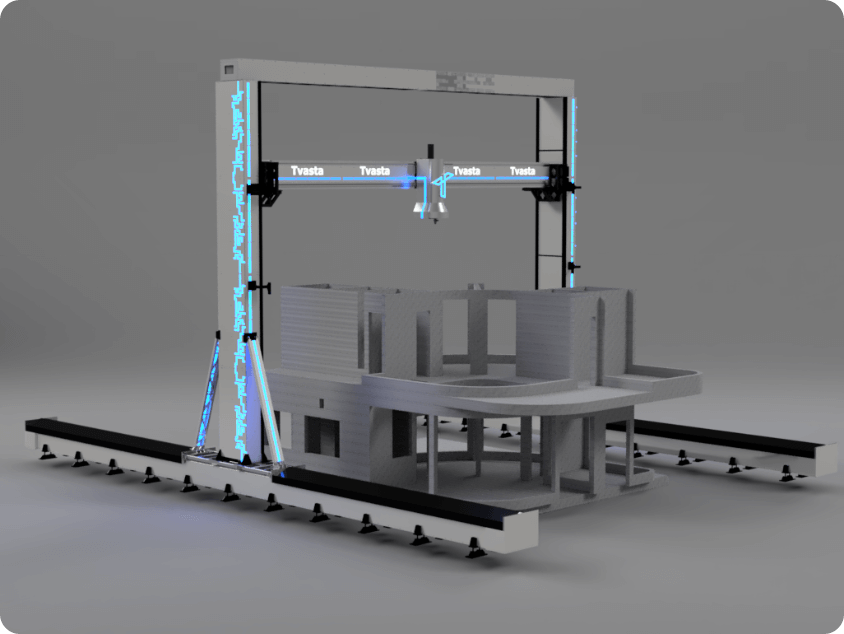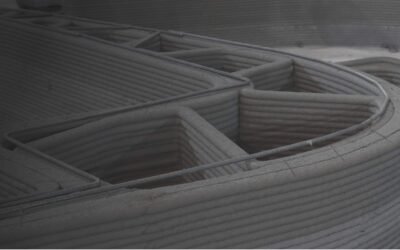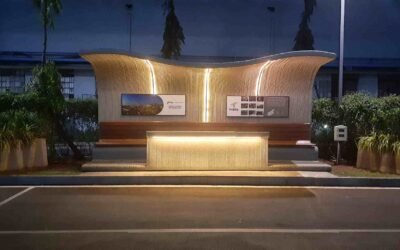3D construction printing relies on specialized construction materials that are designed to be compatible with 3D printing technology. These materials are crucial for achieving structural integrity, durability, and overall construction quality. Here are some of the key materials commonly used in 3D construction printing:
- 3D Printable Concrete:
- Composition: 3D printable concrete is specially formulated for 3D printing applications. It typically consists of cement, aggregates (such as sand and gravel), water, and additives.
- Properties: It is engineered to have the right viscosity, flowability, and setting time to be extruded by the 3D printer’s nozzle or deposition system. The material should also achieve sufficient strength and durability once cured.
- Advantages: 3D printable concrete offers excellent structural properties, making it suitable for a wide range of construction applications. It is often the primary material used in 3D construction printing.
- Fiber-Reinforced Concrete:
- Composition: Fiber-reinforced concrete contains additional fibers, such as steel or synthetic fibers, to enhance its strength and crack resistance.
- Properties: The inclusion of fibers provides improved tensile strength and ductility, making it suitable for structural elements that need to withstand bending or tensile forces.
- Advantages: Fiber-reinforced concrete enhances the overall durability and resilience of 3D-printed structures, making them more resistant to cracking and damage.
- Geopolymer Concrete:
- Composition: Geopolymer concrete is an alternative to traditional Portland cement-based concrete. It uses alkali-activated materials, such as fly ash or slag, as binders.
- Properties: Geopolymer concrete is known for its reduced carbon footprint and excellent fire resistance. It can be used as an environmentally friendly option in 3D construction printing.
- Advantages: Geopolymer concrete offers environmental benefits and can be a sustainable choice for 3D-printed structures.
- Advanced Additives and Admixtures:
- Composition: Various chemical additives and admixtures may be incorporated into the construction materials to improve workability, setting time, and other properties.
- Properties: These additives can modify the material’s rheology (flow characteristics), reduce water content, enhance bonding between layers, and optimize curing processes.
- Advantages: Advanced additives and admixtures are used to fine-tune the 3D printable concrete’s properties and performance, ensuring optimal results during the printing and curing processes.
- Other Specialized Materials:
- Composition: Depending on the specific requirements of a project, other specialized materials, such as polymer-based materials or composite materials, may be used in 3D construction printing.
- Properties: These materials offer unique characteristics, such as lightweight structures or enhanced insulation properties, suitable for specific applications.
- Advantages: The use of specialized materials allows for customization and innovation in construction projects.
The choice of material depends on the project’s requirements, including structural needs, environmental considerations, and local availability of construction materials. As 3D construction printing technology continues to evolve, researchers and engineers are exploring new materials and formulations to expand the range of possibilities and improve the sustainability of 3D-printed structures.




